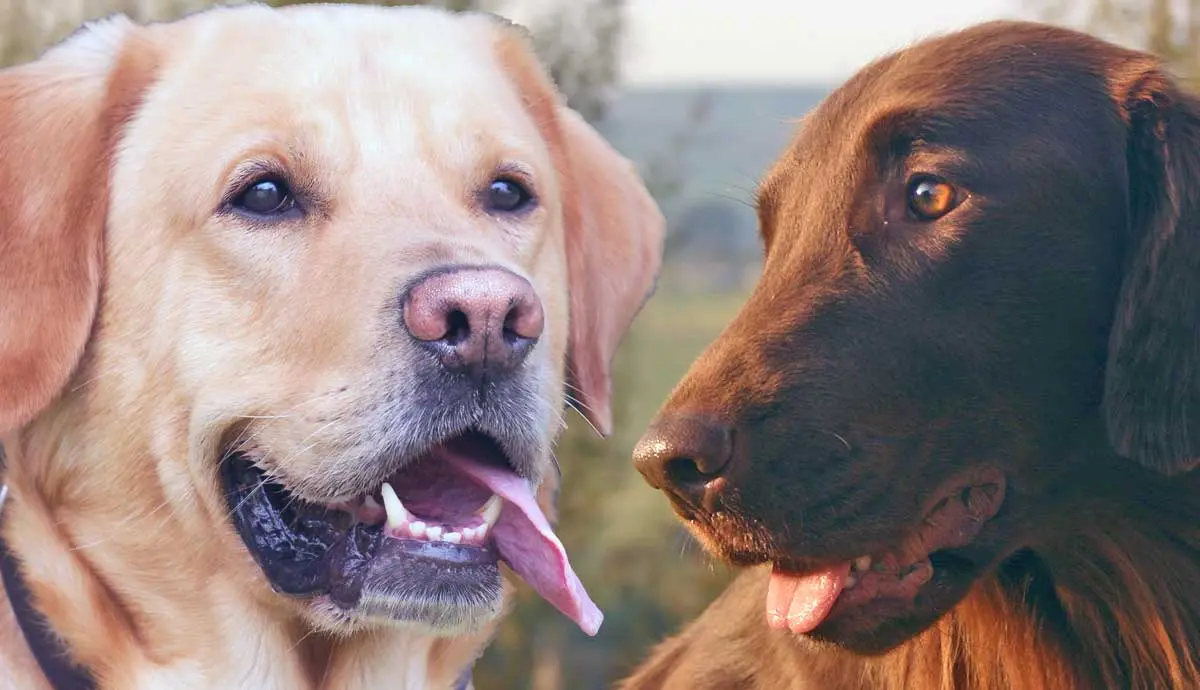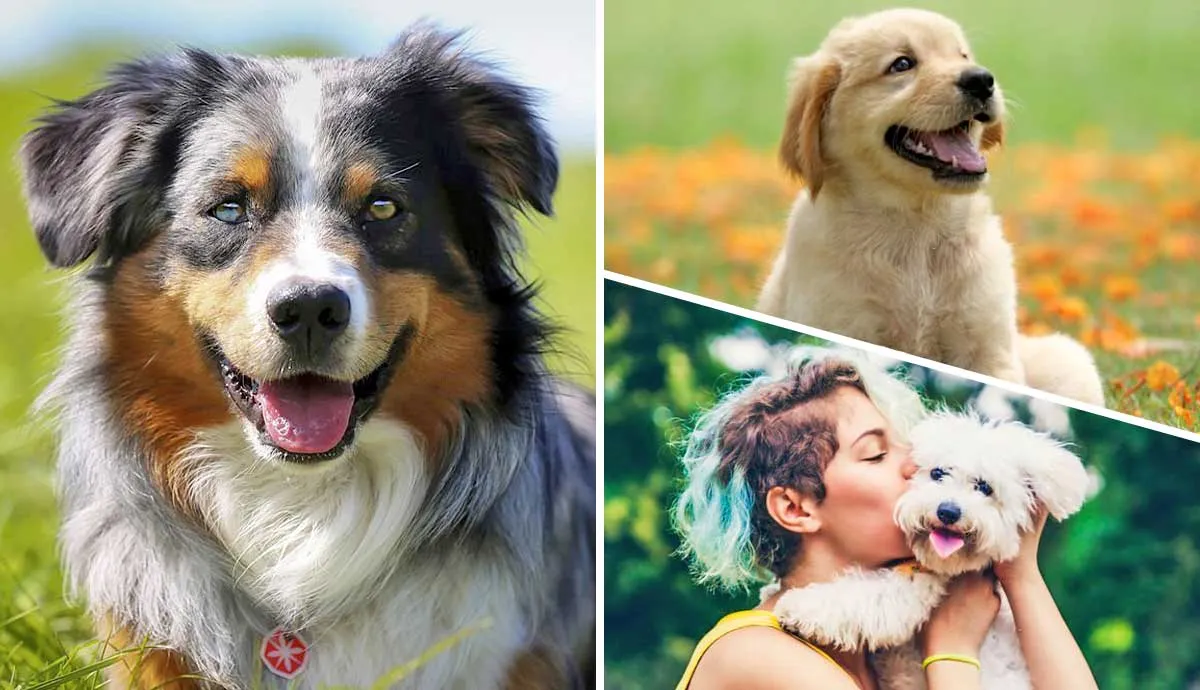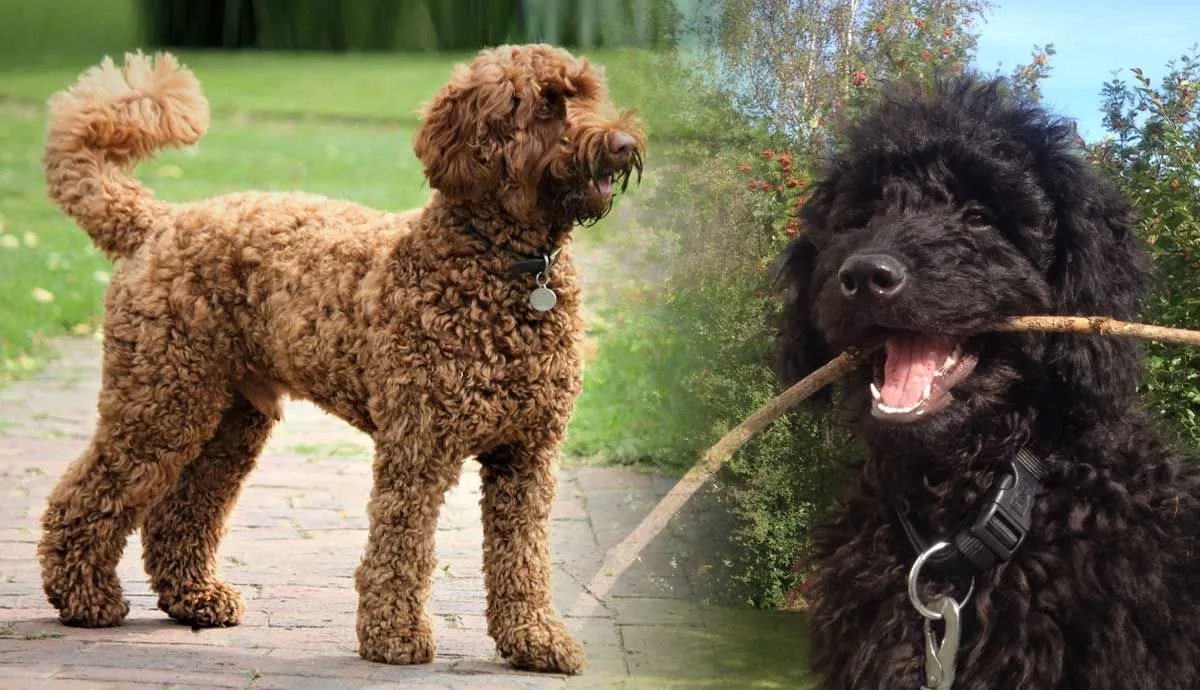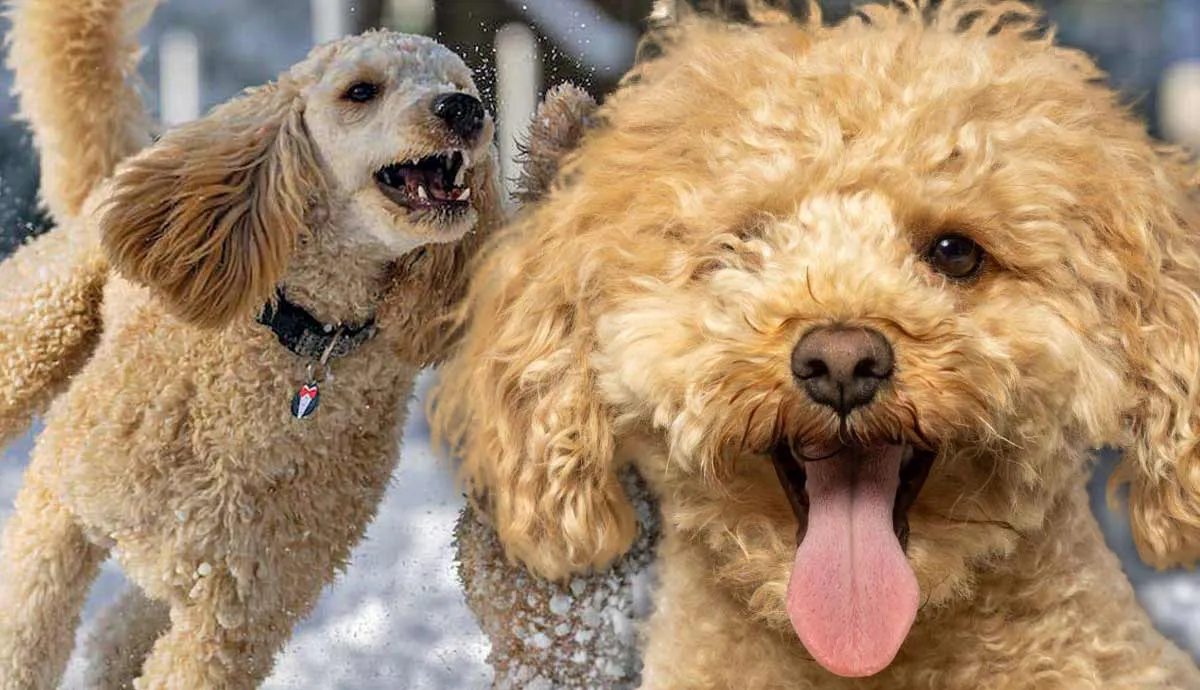Most retrievers share certain characteristics. They’re larger with athletic builds, webbed paws, water repellent fur, and soft mouths. They love their humans, and take direction well, but have keen intelligence that allows them to act on their own.
Retrieving dogs are unique because their sporting capabilities do not overshadow their companionship roles. While all of these breeds are capable hunting or gun dogs, they’re also phenomenal house pets.
Let’s learn more about the six AKC-recognized retriever breeds!
The Loving Labrador Retriever
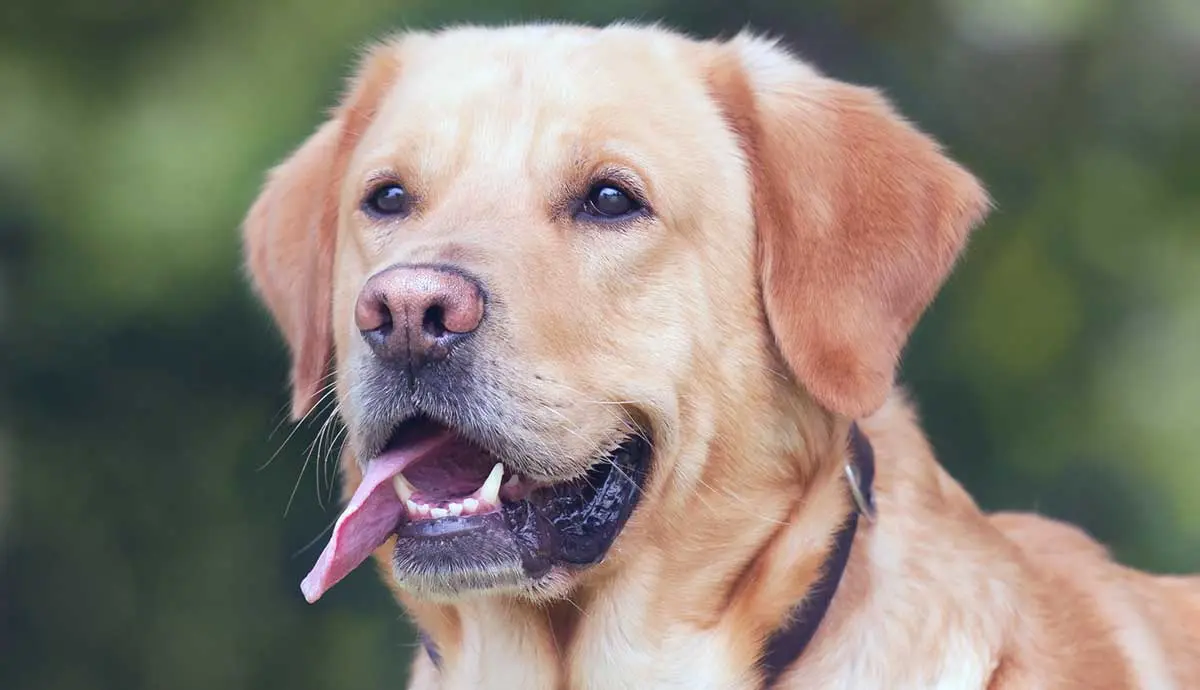
If you live in the United States, you’re likely familiar with Labrador Retrievers, affectionately known as “Labs”. This breed has been the most popular in the states since 1991, but their history goes back to the 1600s.
Labrador Retrievers are more likely from Newfoundland and not the annexed Labrador region. During the 17th century, the fishermen of the region needed reliable dogs that loved water to aid them in pulling in their lines and retrieving fallen fish without damaging them.
When more moved to the St. John’s area, they adopted the breed as a fantastic hunting dog as well. From here, the breed was brought back to England and popular with the aristocracy before becoming the household name they are today.
Now, many love the labrador for their easygoing, devoted nature. They’re fantastic working dogs but have no problem dozing on the couch with the family.
The Forever-Young Flat-Coated Retriever

Flat-Coated Retrievers hold onto their youth. They’re referred to as the “Peter Pan” of retrievers because they mature very slowly, holding onto their puppy-traits well into their fifth year. Even senior Flat-Coated Retrievers still love a good romp and juvenile antics.
The breed started in the mid-1800s through crossbreeding of Newfoundlands to sheepdogs, setters, and water-loving spaniels. The result was a lean, elegant retriever that immediately took to the side of gamemakers.
The World War era almost caused the breed to go extinct. Efforts in the 1960s are responsible for the preservation of the breed and our ability to enjoy them today.
While Flat-Coated Retrievers are similar to Labs, they have a longer coat, usually in black or liver, with slight feathering on their legs and tail. They are also longer in the face than the 5 other retriever breeds.
The Compact Nova Scotia Duck Tolling Retriever

While most retrievers fall into the “large” category, the Nova Scotia Duck Tolling Retriever is a solid medium. This young breed only joined the AKC in 2003, but they’ve spent the past 2 decades catching up in popularity.
The Duck Tolling Retriever serves a different purpose than most on this list. Breeders needed a lithe, water-loving dog to mimic the playful behavior foxes used to attract waterfowl to the shore.
Eventually, the back and forth motion would compel the fowl to visit the shore, where the shot is much easier to take.
Tollers have a red water-repellant double coat, usually with a white tipped tail and other white markings. They require daily brushing and regular exercise, and an understanding of their curious and playful nature.
The Adoring Golden Retriever

The Golden Retriever developed in the Scottish Highlands in the late 1800s. At this time, Dudley Marjoribanks (also known as Lord Tweedmouth) needed a retriever that could tolerate the harsh weather of the region.
In 1864, Lord Tweedmouth started with his pick of a litter of black-furred Wavy-Coated Retrievers. The single yellow pup stood out to him, and he eventually bred her to a (now extinct) Tweed Water Spaniel. The cross resulted in more yellow pups, and the Golden Retriever line had a solid foundation.
American, British, and Canadian Golden Retrievers share basic features. All have a gorgeous double coat, empathetic nature, and high intelligence. They’re physically capable and emotionally intelligent, making them perfect for active families and many professional positions.
The Sturdy Chesapeake Bay Retriever
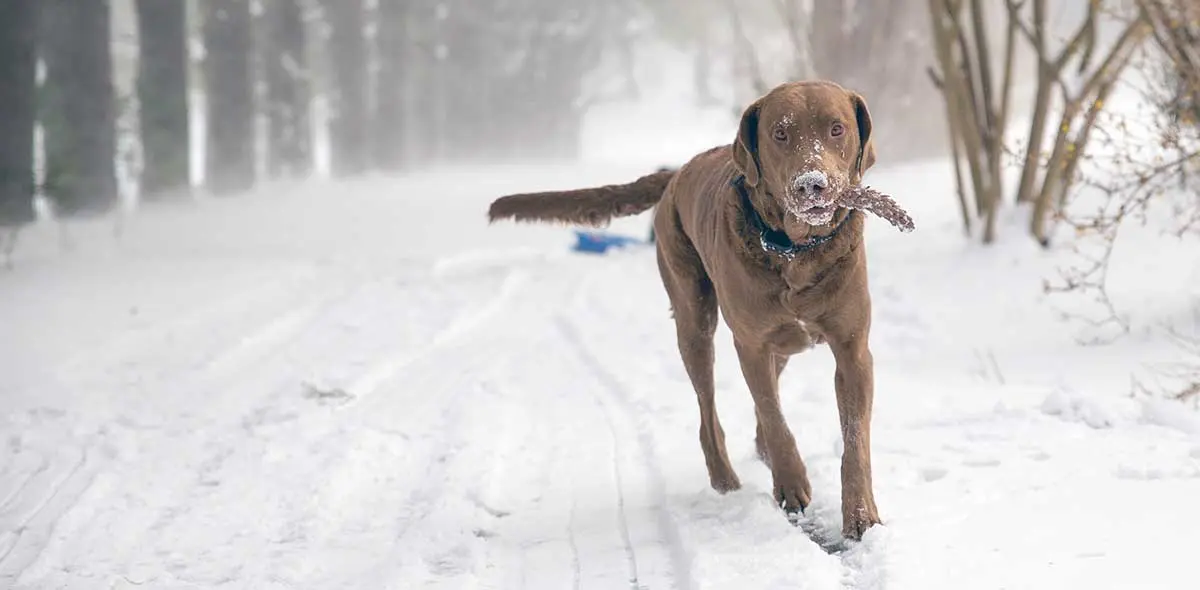
Affectionately known as “Chessies”, Chesapeake Bay Retrievers are the result of two survivors from a wrecked English brig in 1807. Sailor and Canton, two St. John’s Newfoundland puppies, were given to the local Maryland community and showcased their talent as retrievers.
In an effort to preserve these instincts, they were bred to other dogs in the area and likely outcrossed with breeds like the Flat-Coated Retriever, Curly-Coated Retriever, and Otterhound. Their offspring became popular with Chesapeake Bay duck club members, resulting in the name.
Chesapeake Bay Retrievers are stockier than other retrieving breeds, and their coats may be wavy or straight. Their thick, oily double coats are usually some variation of red-yellow, from an amber-gold to a straw colored coat, and have yellowish or amber colored eyes.
The Independent Curly-Coated Retriever

The Curly-Coated Retriever can be traced back to the 16th century, with its lineage including the St. John’s Newfoundland and extinct breeds like the English Water Spaniel and the Retrieving Setter. In the late 1800s, the Standard Poodle entered the mix.
The tight curls of the breed resist water well, insulate them against the cold, and protect their skin from treacherous underbrush. Unlike other curly-coated breeds, these retrievers go through regular shedding periods and are not considered a hypoallergenic breed.
While they’re equally as lovable, Curly-Coated Retrievers are more aloof than the others on this list. They may not be quite as friendly to strangers, but proper socialization and training nullifies that issue.
